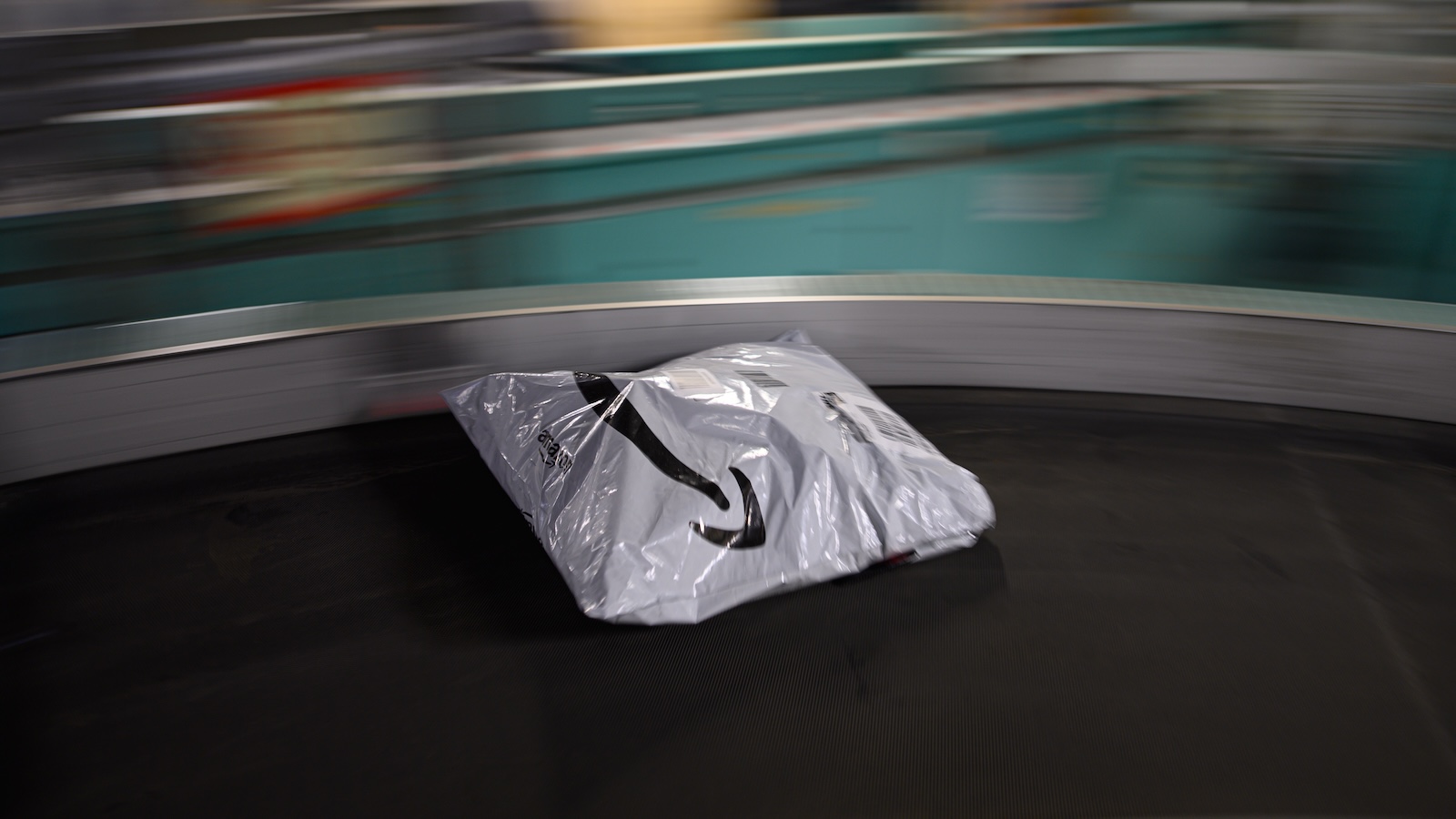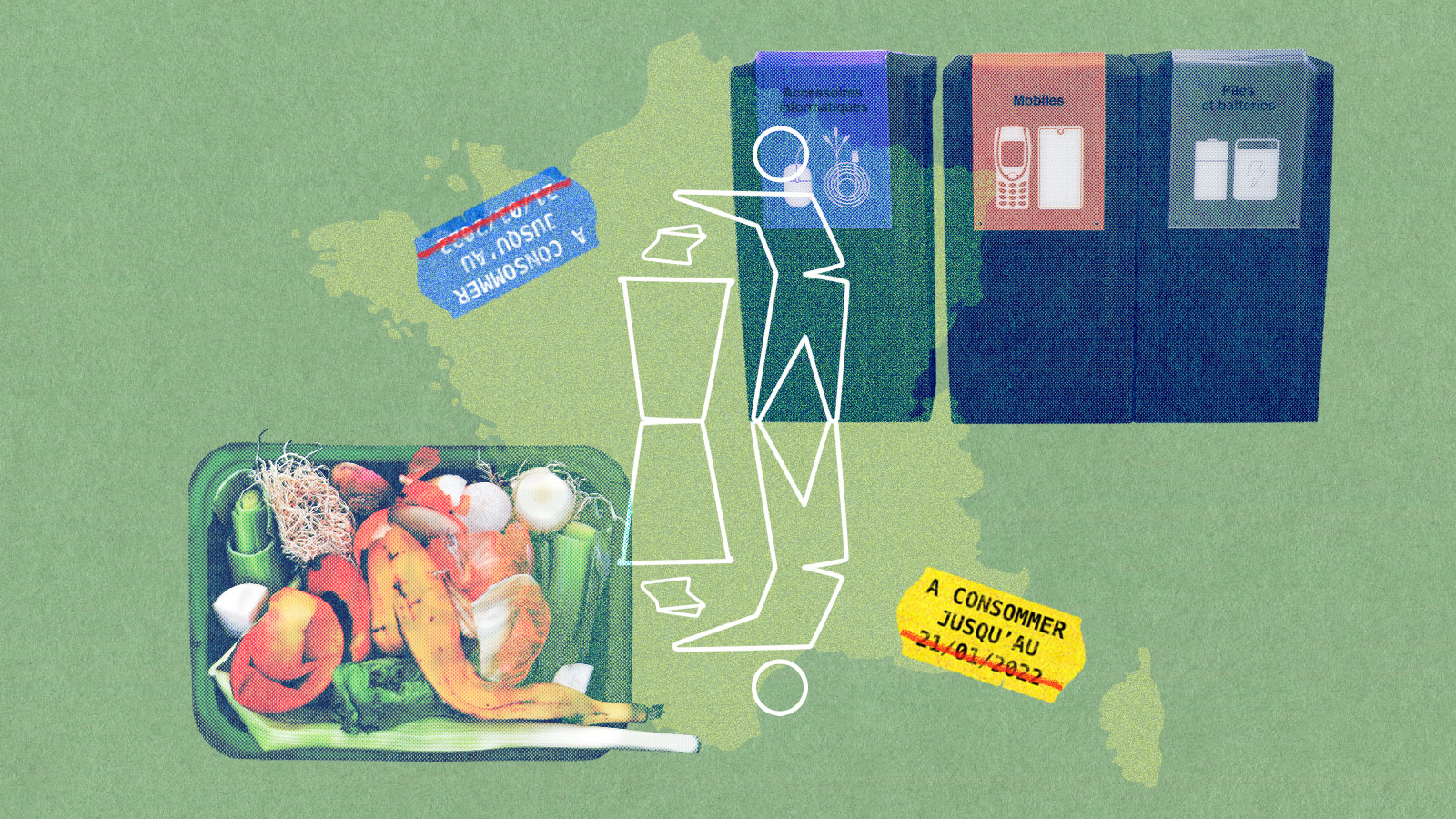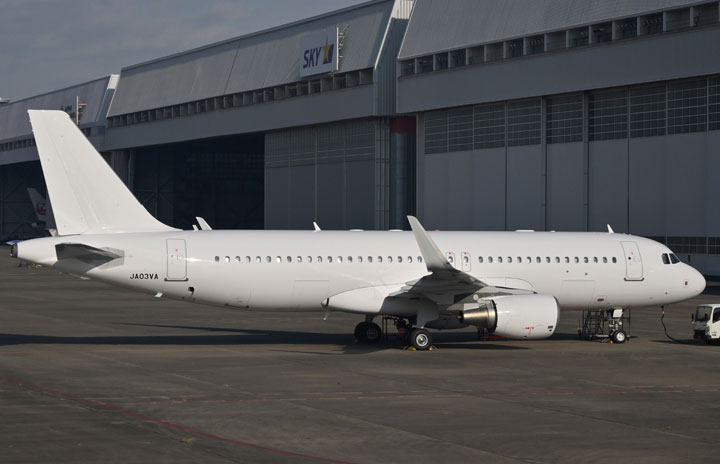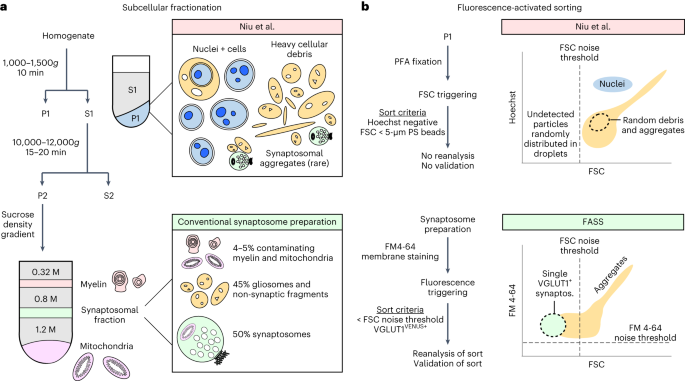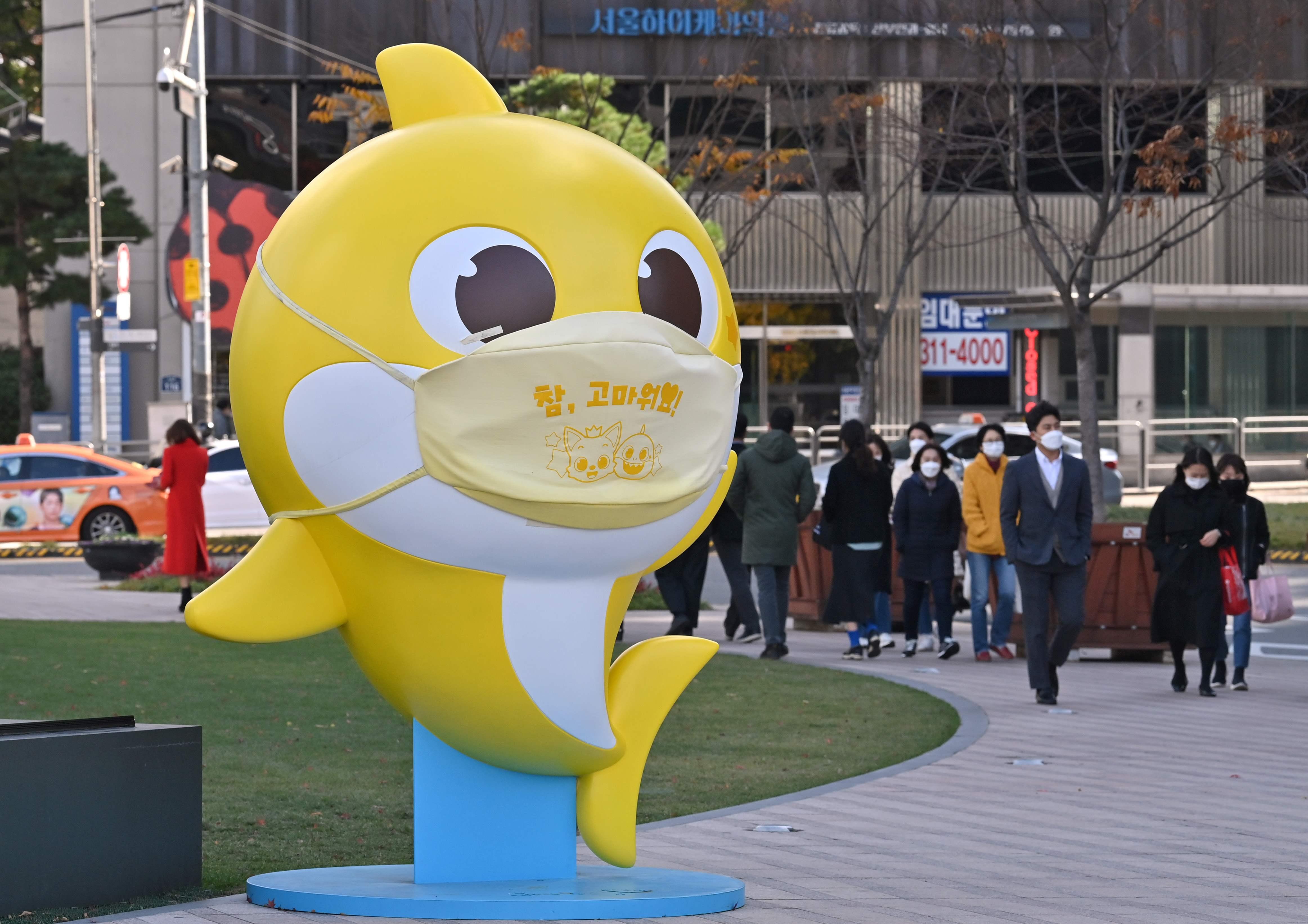Allie “Nokko” Johnson is a member of the Coushatta Tribe of Louisiana, and they love teaching young tribal members about recycling. Johnson helps them make Christmas ornaments out of things that were going to be thrown away, or melts down small crayons to make bigger ones.
“In its own way, recycling is a form of decolonization for tribal members,” Johnson said. “We have to decolonize our present to make a better future for tomorrow.“
The Coushatta Reservation, in southern Louisiana, is small, consisting of about 300 tribal members on or nearby the reservation, and rural — the nearest Walmart is 40 minutes away. Recycling hasn’t been popular in the area, but as the risks from climate change have grown, so has the tribe’s interest. In 2014, the tribe took action and started gathering materials from tribal offices and departments, created recycling competitions for the community, and started teaching kids about recycling.
Recently, federal grant money has been made available to tribes to help start and grow recycling programs. Last fall, the Coushatta received $565,000 from the Environmental Protection Agency for its small operation. The funds will be used to repair repair a storage shed, build a facility for the community to use, and continue educational outreach. But it may not be enough to serve the area’s 3,000 residents of Native and non-Native recyclers for the long haul.
Typically, small tribes don’t have the resources to run recycling programs because the operations have to be financially successful. Federal funding can offset heavy equipment costs and some labor, but educating people on how to recycle, coupled with long distances from processing facilities, make operation difficult.
But that hasn’t deterred the Coushatta Tribe.
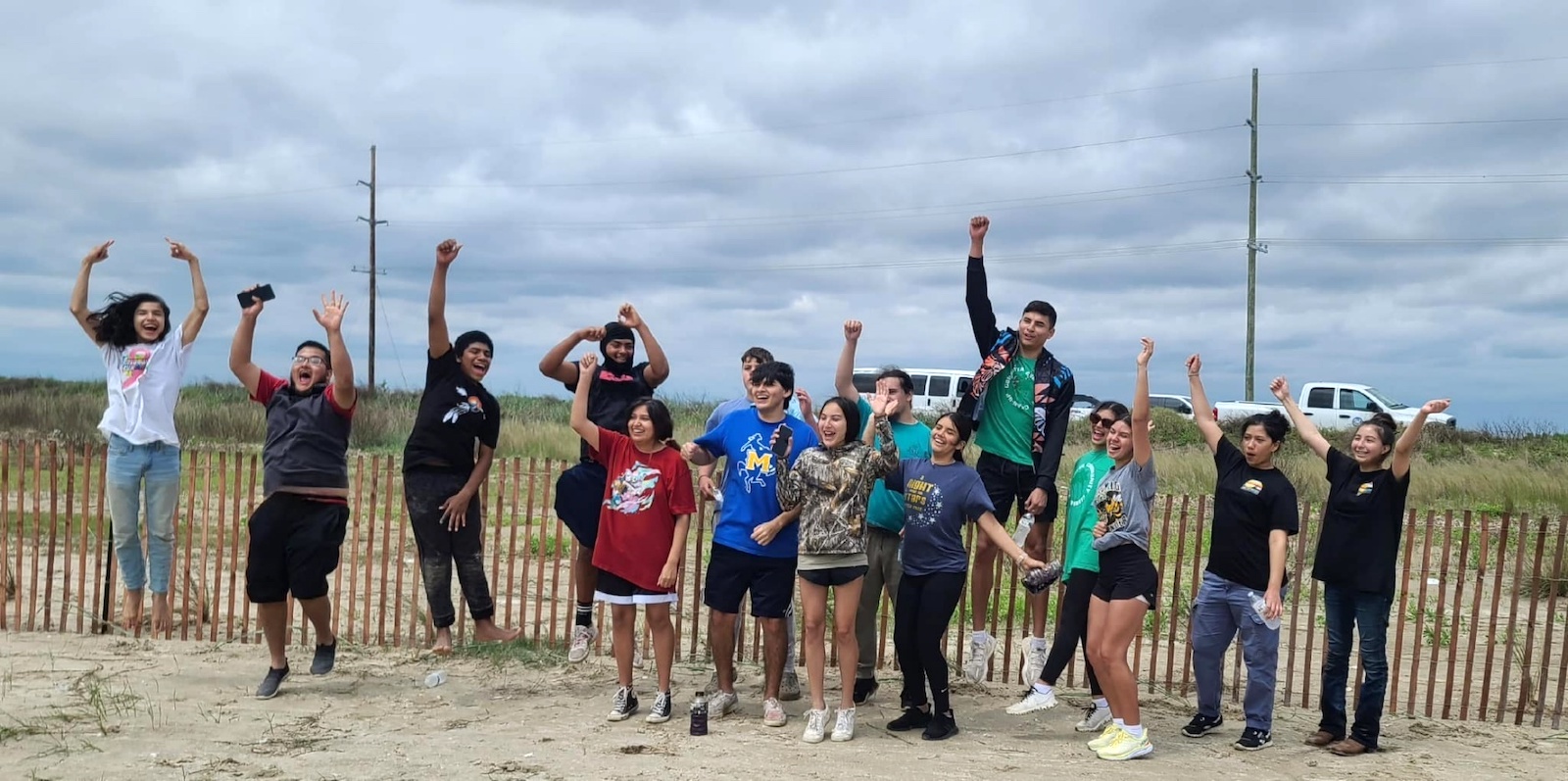
In 2021, the European Union banned single-use plastics like straws, bottles, cutlery, and shopping bags. Germany recycles 69 percent of its municipal waste thanks to laws that enforce recycling habits. South Korea enforces strict fees for violations of the nation’s recycling protocols and even offers rewards to report violators, resulting in a 60 percent recycling and composting rate.
But those figures don’t truly illuminate the scale of the world’s recycling product. Around 8.3 billion metric tons of plastic have been manufactured since the 1950’s and researchers estimate that 91 percent of it isn’t recycled. In the United States, the Department of Energy finds that only 5 percent is recycled, while aluminum, used in packaging has a recycling rate of about 35 percent. The recycling rate for paper products, including books, mail, containers, and packaging, is about 68 percent.
There are no nationwide recycling laws in the U.S., leaving the task up to states, and only a handful of states take it seriously: Ten have “bottle bills,” which allow individuals to redeem empty containers for cash, while Maine, California, Colorado, and Oregon have passed laws that hold corporations and manufacturers accountable for wasteful packaging by requiring them to help pay for recycling efforts. In the 1960s, the U.S. recycling rate across all materials — including plastic, paper, and glass — was only 7 percent. Now, it’s 32 percent. The EPA aims to increase that number to 50 percent nationwide by 2030, but other than one law targeted at rural recycling moving through Congress, there are no overarching national recycling requirements to help make that happen.
In 2021, Louisiana had a recycling rate of 2.9 percent, save for cities like New Orleans, where containers are available for free for residents to use to recycle everything from glass bottles to electronics to Mardi Gras beads. In rural areas, access to recycling facilities is scarce if it exists at all, leaving it up to local communities or tribal governments to provide it. There is little data on how many tribes operate recycling programs, and the EPA tracks neither the number of tribal recycling programs nationwide, nor tribal recycling rates.
“Tribal members see the state of the world presently, and they want to make a change,” said Skyler Bourque, who works on the tribe’s recycling program. “Ultimately, as a tribe, it’s up to us to give them the tools to do that.”
But the number one issue facing small programs is still funding. Cody Marshall, chief system optimization officer for The Recycling Partnership, a nonprofit, said that many rural communities and tribal nations across the country would be happy to recycle more if they had the funds to do so, but running a recycling program is more expensive than using the landfill that might be next door.
“Many landfills are in rural areas and many of the processing sites that manage recyclables are in urban areas, and the driving costs alone can sometimes be what makes a recycling program unfeasible,” he said.
The Recycling Partnership also provides grants for tribes and other communities to help with the cost of recycling. The EPA received 91 applications and selected 59 tribal recycling programs at various stages of development for this year, including one run by the Muscogee (Creek) Nation in Oklahoma, which began its recycling program in 2010. Today, it collects nearly 50 metric tons of material a year — material that would have otherwise ended up in a landfill.
“Once you start small, you can get people on board with you,” said James Williams, director of the Muscogee (Creek) Nation’s Environmental Services. He is optimistic about the future of recycling in tribal communities. “Now I see blue bins all through the nation,” he said, referring to the recycling containers used by tribal citizens.
Williams’ department has cleaned up a dozen open dumps in the last two years, as well as two lagoons — an issue on tribal lands in Oklahoma and beyond. Illegal dumping can be a symptom of lack of resources due to waste management being historically underfunded. Those dumping on tribal land have also faced inadequate consequences.
“We still have the issue of illegal dumping on rural roads,” he said, adding that his goal is to clean up as many as possible. “If you dump something, it’s going to hit a waterway.”
According to Williams, tribes in Oklahoma with recycling programs work together to address problems like long-distance transportation of materials and how to serve tribal communities in rural areas, as well as funding issues specific to tribes, like putting together grant applications and getting tribal governments to make recycling a priority. The Choctaw Nation in Oklahoma also partners with Durant, a nearby town. Durant couldn’t afford a recycling program of their own, so they directed recycling needs to the tribe.
This year’s EPA grant to the Muscogee program purchases a $225,000 semitruck, an $80,000 truck for cardboard boxes, and a $200,000 truck that shreds documents. Muscogee was also able to purchase a $70,000 horizontal compactor, which helps with squishing down materials to help store them, and two $5,000 trailers for hauling. Williams’ recycling program operates in conjunction with the Muscogee solid waste program, so they share some of their resources.
Returns on recycled material aren’t high. In California, for instance, one ton of plastic can fetch $167, while aluminum can go for $1,230. Corrugated cardboard can also vary wildly from $20 to $210 a ton. Prices for all recycled materials fluctuate regularly, and unless you’re dealing in huge amounts, the business can be hard. Those who can’t sell their material might have to sit on it until they can find a buyer, or throw it away.
Last year, Muscogee Creek made about $100,000 reselling the materials it collected, but the program cost $250,000 to run. The difference is made up by profits from the Muscogee Creek Nation’s casino, which helps keep the recycling program free for the 101,252 tribal members who live on the reservation. The profits also help non-Natives who want to recycle.
The Coushatta Tribe serves 3,000 people, Native and non-Native, and they have been rejected by 12 different recycling brokers – individuals that act as intermediaries between operations and buyers – due to the distance materials would have to travel.
Skyler Bourque said she couldn’t find a broker that was close enough, or that was willing to travel to the Coushatta Tribe to pick up their recycling. “We either bite the cost,” she said, “or commute and have to pay extra in gas. It’s exhausting.”
Currently, the only place near them that’s buying recyclables is St. Landry Parish Recycling Center, which only pays $0.01 per pound of cardboard. A truck bed full of aluminum cans only yields $20 from the nearest center, 90 minutes away. That’s how much the tribe expects to make for now.
Still, the Coushatta Tribe of Louisiana is not giving up.
With this new injection of federal money, they will eventually be able to store more materials, and hopefully, make money back on their communities’ recyclables. Much like the Muscogee Creek Nation, they see the recycling program as an amenity, but they still have hopes to turn it into a thriving business.
In the meantime, the Coushatta keep up their educational programming, teaching children the value of taking care of the Earth, even when it’s hard.
“It’s about maintaining the land,” Johnson said.
This story has been updated to correct spelling, clarify residency on the Coushatta Reservation, and include additional information from the EPA.
Note: This article have been indexed to our site. We do not claim legitimacy, ownership or copyright of any of the content above. To see the article at original source Click Here



